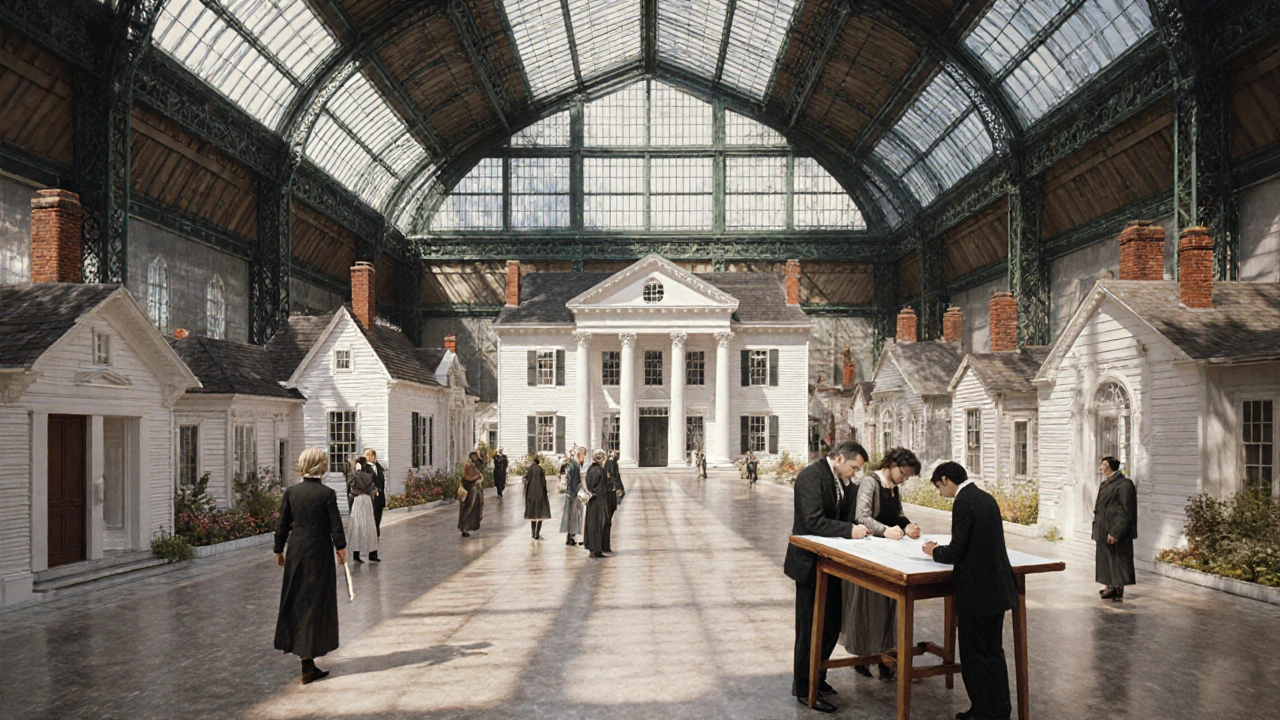American Architectural History: Styles, Stories, and Influence
When you explore American architectural history, you’re stepping into a living museum of design that reflects the nation’s social, economic, and technological shifts. American Architectural History, the chronological record of building styles, design trends, and cultural influences that shaped the United States from colonial times to the modern era. Also known as U.S. architecture timeline, it connects regional traditions with global movements and shows how architecture both shapes and mirrors everyday life. From the timber‑frame homes of New England to the steel‑and‑glass towers of downtown Manhattan, each period tells a story about the people who built, lived, and worked in those spaces.
A major thread in this timeline is Gothic Revival architecture, a 19th‑century movement that revived medieval forms like pointed arches, ribbed vaults, and decorative tracery for churches, schools, and residences. Iconic examples such as St. Patrick’s Cathedral in New York or the Smithsonian Institution Building illustrate how architects used soaring spires to convey spirituality and civic pride. Another influential current is the American Craftsman, a turn‑of‑the‑century approach emphasizing handcrafted woodwork, exposed joinery, and modest, functional homes. Craftsman bungalows, with their low‑pitched roofs and built‑in furniture, reacted against industrial excess and offered affordable, honest living spaces for a growing middle class. Both movements demonstrate the core idea that American architectural history encompasses imported styles and home‑grown innovations, each responding to the needs, values, and technologies of its era.
Early on, Colonial architecture, the building language of the 17th and 18th centuries characterized by symmetry, central chimneys, and simple, weather‑proof forms set the foundation for later developments. Typical features—five‑bay facades, clapboard siding, and steep‑pitch roofs—served both practical and aesthetic purposes in the harsh Atlantic climate. As the young nation sought symbols of democracy, architects turned to Greek Revival architecture, a style that copied ancient Greek temple orders, using columns, pediments, and entablatures to convey civic virtue and cultural ambition. Courthouses, banks, and private mansions adopted these motifs to signal stability and progress during the early 19th century. From these roots, the story branches into later trends such as Art Deco skyscrapers, Mid‑Century Modern homes, and today’s sustainable, high‑tech designs—each adding a new layer to the national built environment while echoing the themes established centuries before.
What You’ll Discover Below
The articles that follow break down each style, highlight iconic examples, and offer practical tips for spotting and preserving these works. Whether you’re a homeowner, student, or curious traveler, you’ll find clear explanations that connect the past to the spaces you see today, giving you the tools to read architecture like a living history book.

Colonial Revival Architecture: A Rich Historical Overview
Explore the origins, key features, major architects, and lasting impact of Colonial Revival architecture in an engaging, detailed guide.
Read more